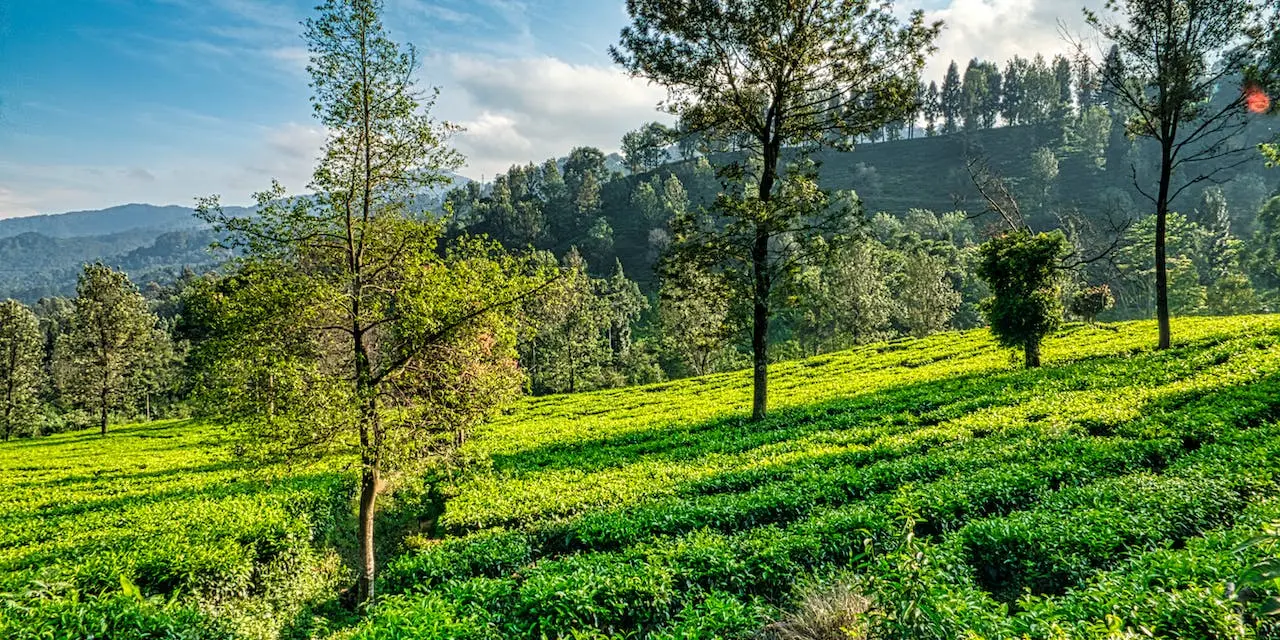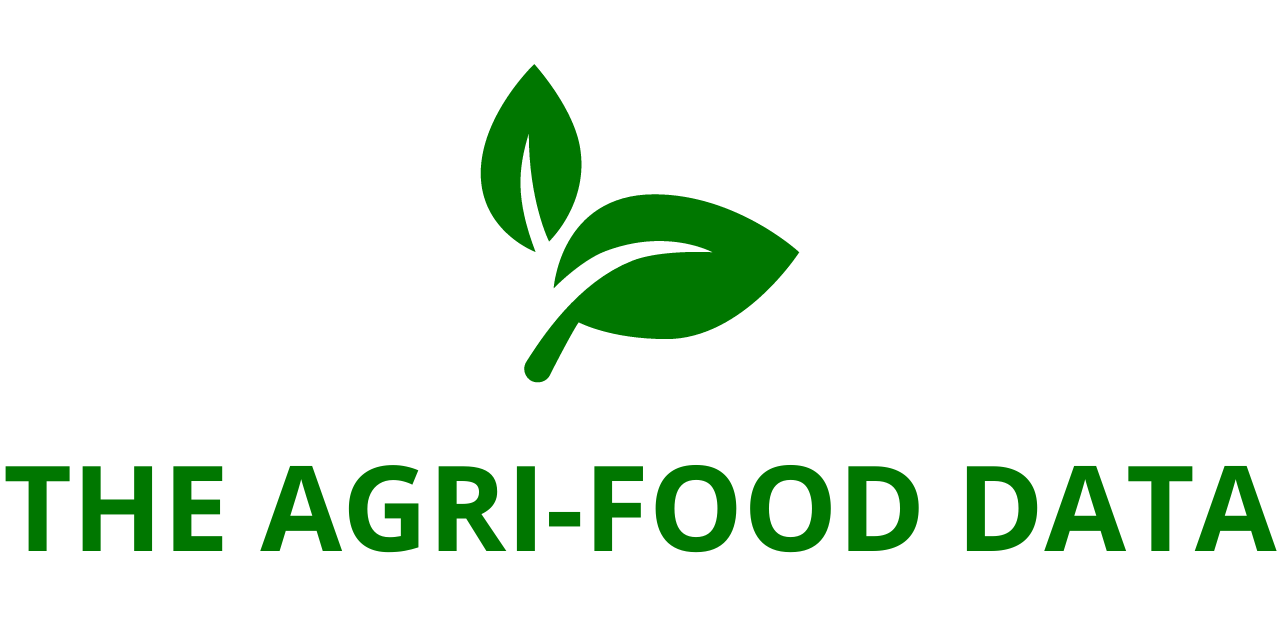
Regenerative husbandry what it’s and why it matters
What’s regenerative husbandry?
It’s an approach to husbandry that focuses on regenerating nature, erecting long- term adaptability into our food force chain and helping growers acclimatize to the worsening impacts of climate change while helping to alleviate the problem.
This holistic land operation system can ameliorate soil health and reduce hothouse gas emigrations by storing them over and below ground. It can also cover and enhance biodiversity in and around granges, ameliorate water operation and support livelihoods.
How does regenerative husbandry help restore nature?
Unilever has linked five areas that stand to profit from regenerative husbandry soil, water, biodiversity, climate and livelihoods.
- Soil
Because it takes between 100 and 400 times to form, good soil operation is critical to increase productivity, enhance adaptability and help lower emigrations. Keeping living roots in the ground, using cover crops to help corrosion, and rotating shallow and deep lodging crops can increase soil health. - Water
Climate change is adding the frequence and inflexibility of failure and flooding incidents. perfecting floodwater defences and drainage on granges, minimising water pollution from ranch run- off, and using water more efficiently will all help cover global water inventories. - Biodiversity
Farmers can help decelerate the current mass decline in biodiversity by introducing land on the land perimeters that support pollinators like notions and butterflies, and raptorial insects, or by planting trees that give shade cover for crops, while sequestering carbon and maintaining soil stability. - Climate
Agriculture, forestry and other land use are responsible for around a fifth of all hothouse gas emigrations. Nitrogen fertiliser contributes greatly to this. Reducing its use, using indispensable energies in ranch ministry and icing carbon insulation through trees are all ways of reducing the climate impact of husbandry. - Livelihoods
Education in regenerative agrarian practices and better access to finance and technology have the eventuality to boost livelihoods while perfecting land operation as well as helping to make growers ’ adaptability to climate- related events similar as failure and flooding.
What does regenerative husbandry look like in practice?
In practice, regenerative husbandry varies extensively, depending on the indigenous, climate and crop-specific requirements of each ranch. To help navigate the transition, we created our regenerative husbandry principles( PDF8.34 MB). They’re a set of guidelines which can apply to different topographies and tilling systems, from smallholders to large colonies. They reflect our belief that regenerative husbandry can help growers increase productivity and sustainable product, while nature thrives and food security requirements are met. How will regenerative husbandry profit our business?
As one of the largest foods businesses in the world, Unilever depends on crops to grow the constituents used in our products. Regenerative husbandry is an important investment area for our Nutrition business as Unilever works towards its net zero target. It’ll help to produce much- demanded adaptability in the agrarian value chain, help to address global warming and support planter livelihoods in the long run. Climate change impacts like famines can reduce crop yields, making it harder to reference constituents and adding costs, so it’s vital we do what we can to future- evidence our business. What are the challenges of shifting to regenerative husbandry?
The transition phase while growers incorporate regenerative practices can last an normal of 3 – 5 times. This period can beget yield variability as the soil ecosystem adjusts to new practices, alongside capital expenses for specialised outfit. Are the constituents in our brands grown regeneratively?
Our products are decreasingly incorporating constituents grown following regenerative husbandry practices. Although to date none of our products are made from constituents that are 100 grown through regenerative husbandry practices, we’re keen to help accelerate shifting the sector in this direction. Our Climate & Nature Fund is a€ 1 billion impact- led investment platform, enabling our brands to accelerate positive action on climate and nature. Brands that are formerly involved and investing in regenerative husbandry include Knorr, Hellmann’s and Ben & Jerry’s. We know we ca n’t do this alone. Regenerative husbandry demands a combined trouble from businesses, supporting collaborative metamorphosis on granges and within force chains. We ’re working hard, along with growers, suppliers and other mates, to make this be. Together we can make a more flexible food force and insure a sustainable future for husbandry.
Source Link:https://www.unilever.com/






